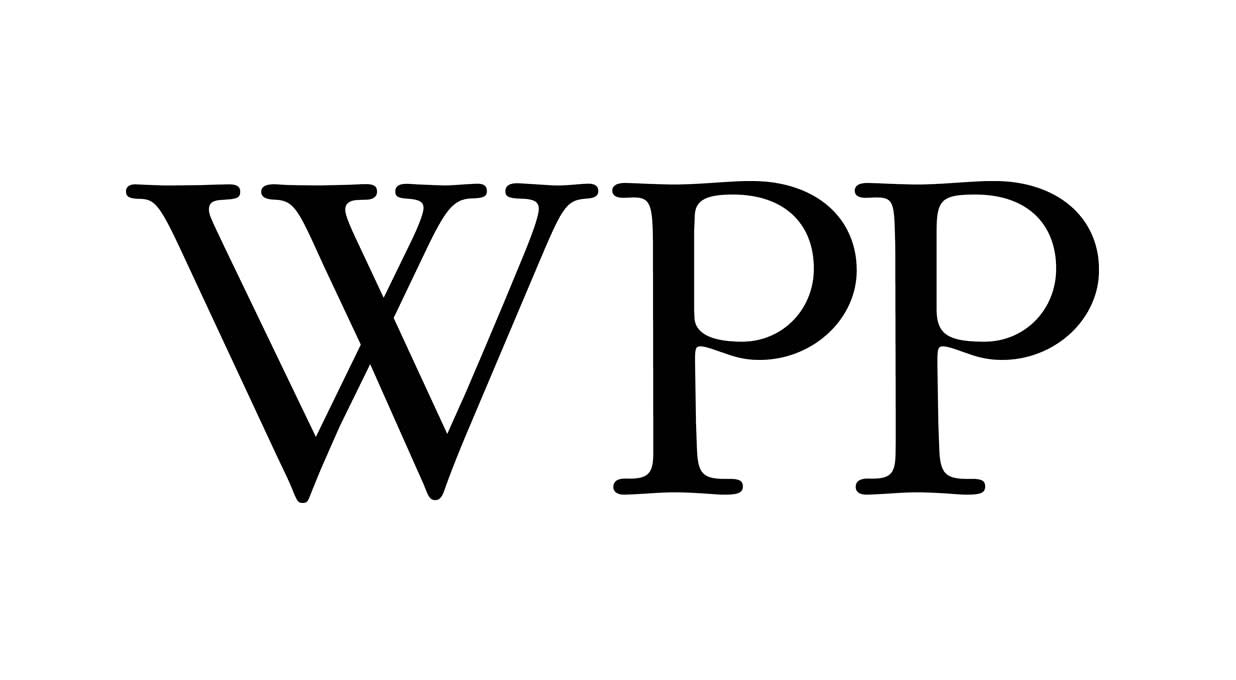On a like-for-like basis, WPP’s net revenue fell by 1% in 2024 to £11.9bn, at the bottom-end of guidance. The UK saw the biggest decline at 2.7% with Western Continental Europe the only region in positive territory.
Underlying operating profit fell 2.5% to £1.7bn, with the associated 0.2 percentage point improvement in margin to 15% also at the low-end of guidance.
Underlying free cash flow increased from £0.6bn to £0.7bn benefitting from improved operating cash flow.
Underlying net debt improved by £0.8bn to £1.7bn.
In 2025, like-for-like net revenue is expected to fall between 0-2%, with underlying operating margins expected to hold flat.
The final dividend of 24.4p was unchanged.
The shares were down 16.2% in early trading.
Our view
WPP’s revenues moved lower in 2024 as ad budgets remained tight, especially amongst smaller businesses. Markets got spooked by the news that growth isn’t expected to return in the new year, causing the shares to fall sharply on the day.
At its core, WPP’s media agencies deliver products and services spanning all parts of the advertising and communication spectrum. It boasts some of the world’s largest companies as its customers, and provides them with analytics, paid advertising campaigns and PR. As an idea of scale, WPP boasts a global workforce of 115,000. That’s a lot of mouths to feed and can amplify the downside to profits when revenue dries up.
The group has had a laser-like focus on boosting its digital marketing offerings. The new company plan involves focusing on faster-growing end markets (like how to help clients succeed online) and technology. Hundreds of millions will be spent over the next few years, most of which will go on new staff, technology, including AI, and incentives.
Before it can reach a home stretch, it's worth remembering that WPP's agency business is still being nibbled away at, and it's turning to acquisitions to keep growth coming. The group's doing what it can to combat these challenges, including consolidating and streamlining its offering.
The sale of its stake in PR firm FGS Global has brought in around £0.6bn of cash that will be used to pay down debt levels, strengthening the balance sheet. That should provide some wiggle room to invest in itself or make acquisitions should attractive opportunities arise.
Looking further ahead it's important not to understate the challenge. There are cracks appearing in some of WPP's larger markets and margins are coming under pressure. With rising competition from more nimble providers, a threat that's only likely to grow, there are arguably limits to the market's mood where WPP is concerned.
We’re also mindful of AI. This offers enormous opportunity for WPP, but also risk. There’s a chance the advertising and analytics landscape changes so fast that WPP is left behind if it doesn’t peddle fast enough.
WPP is working hard to try to future-proof the business. But progress hasn’t been as swift as some other names in the advertising world, particularly those that have a direct channel to consumers. There are serious questions here about the viability of its agency model that investors will want to see answered sooner rather than later.
Environmental, social and governance (ESG) risk
The media industry’s ESG risk is relatively low. Product governance is the key risk driver, alongside business ethics, labour relations and data privacy & security.
According to Sustainalytics, WPP’s management of ESG risk is strong.
The group has a board-level sustainability committee assisting in its oversight of corporate responsibility and sustainability matters. Advertising companies collect, analyse and process large volumes of sensitive client data, and there are often large fines in place for failing to comply with privacy or security regulations. WPP’s due diligence process includes a review of ethical risks, such as bribery, corruption, and human rights issues.
WPP key facts
All ratios are sourced from LSEG Datastream, based on previous day’s closing values. Please remember yields are variable and not a reliable indicator of future income. Keep in mind key figures shouldn’t be looked at on their own – it’s important to understand the big picture.
This article is not advice or a recommendation to buy, sell or hold any investment.No view is given on the present or future value or price of any investment, and investors should form their own view on any proposed investment.This article has not been prepared in accordance with legal requirements designed to promote the independence of investment research and is considered a marketing communication.Non - independent research is not subject to FCA rules prohibiting dealing ahead of research, however HL has put controls in place(including dealing restrictions, physical and information barriers) to manage potential conflicts of interest presented by such dealing.Please see our full non - independent research disclosure for more information.


